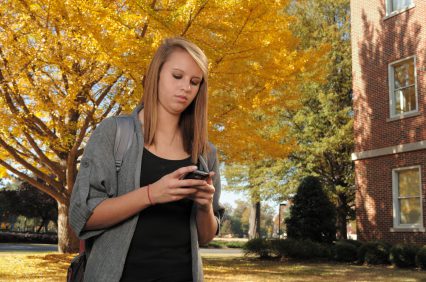Articles containing: college
Conflict at College Campuses
There has been a lot of conflict on college campuses lately.
College campuses have always been places of debate, conservation, activism and advocacy. But some college students did not ask for or expect this situation.
Lonely College Students: What Can We Do to Help? – Shrinking It Down
Recent national surveys show that a significant proportion of college students report having felt overwhelmed, anxious, and lonely during college. If college is supposed to be the “best years of your life” then why are so many students lonely? That’s what Dr. Gene Beresin and Dr.
The Challenges of First-Generation College Students

This post on first-generation students is one in a series on college student mental health.
International College Students: Challenges and Solutions

This post is one of a four-part series on college student mental health.
LGBTQ Students in College: Fostering Inclusion, Acceptance, and Safety

This post is one of a four-part series on college student mental health.
College Students of Color: Overcoming Racial Disparities and Discrimination

This post is one of a four-part series on college student mental health.
Bipolar Disorder and The Arts: Mark Vonnegut’s Story

Despite our growing awareness of mental health conditions, the relationship between creativity and mental illness is often misunderstood. In this short film, Dr.
When Young People Lose a Hero to a Tragic Death

Most of us, young and old, were stunned by the tragic death of Kobe Bryant along with his daughter. Whether you are a Laker’s fan or not, Kobe represented something more, including for young people.
Tom Brady said it this way in a Twitter statement:
“And in this tragedy, I have learned so much.
5 Ways To Avoid Becoming A Helicopter Parent As You Send Your Child Off To College

Emily, a college freshman, strolls from her dorm to her biology class and en route, she calls her mother so that she doesn’t appear aimless and lonely as she passes by her peers. She barely notices that almost all them are also on their cell phones.
Extra Time on Tests: Does It Work? – Shrinking It Down
The answer is, it depends.
When “extra time” on tests first began decades ago, the goal was to level the playing field for students with learning disabilities by allotting them the same amount of time that everyone else had.



